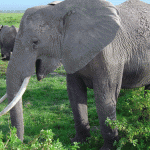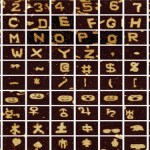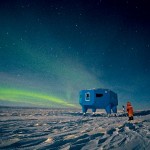
28,000-year-old mammoth from which Japanese scientists have extracted cell nuclei.
Japanese scientists have extracted cell nuclei from the bone marrow of a 28,000-year-old mammoth and inserted them into mouse egg cells. Subsequently, they observed that the cell nuclei showed signs of division, but they were too damaged to complete the process. The result is a major step on the way to reviving mammoths.
And speaking of mammoths…
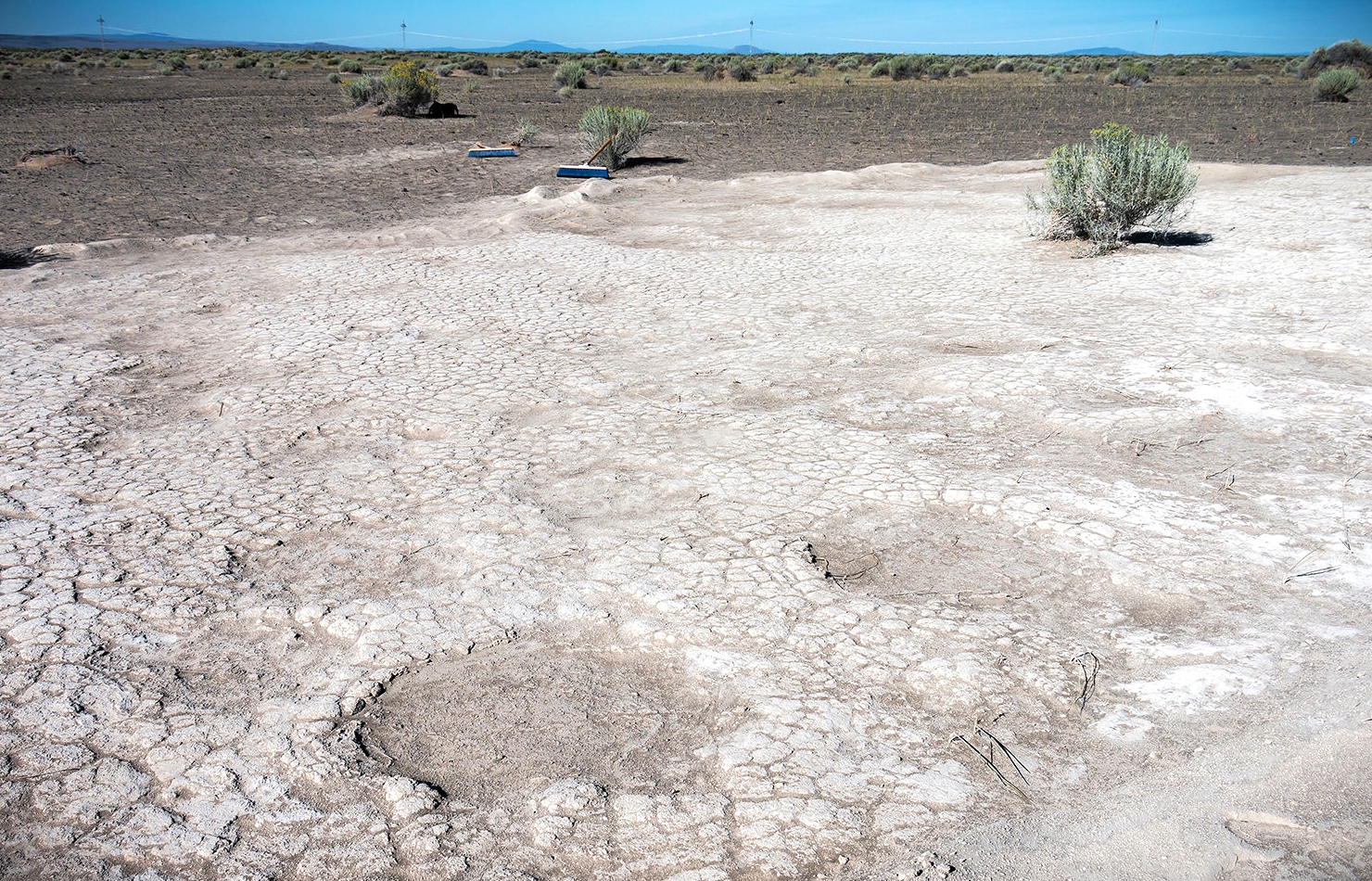
PRINTS SHOW COMPASSION AMONG PREHISTORIC GIANTS
A set of 117 footprints in the American state of Oregon demonstrate how a mammoth family crossed a dry lake bed 43,000 years ago. The prints show that one adult mammoth limped, and that the younger animals repeatedly sought it out and accompanied it – a behaviour that can also be observed among modern elephants.
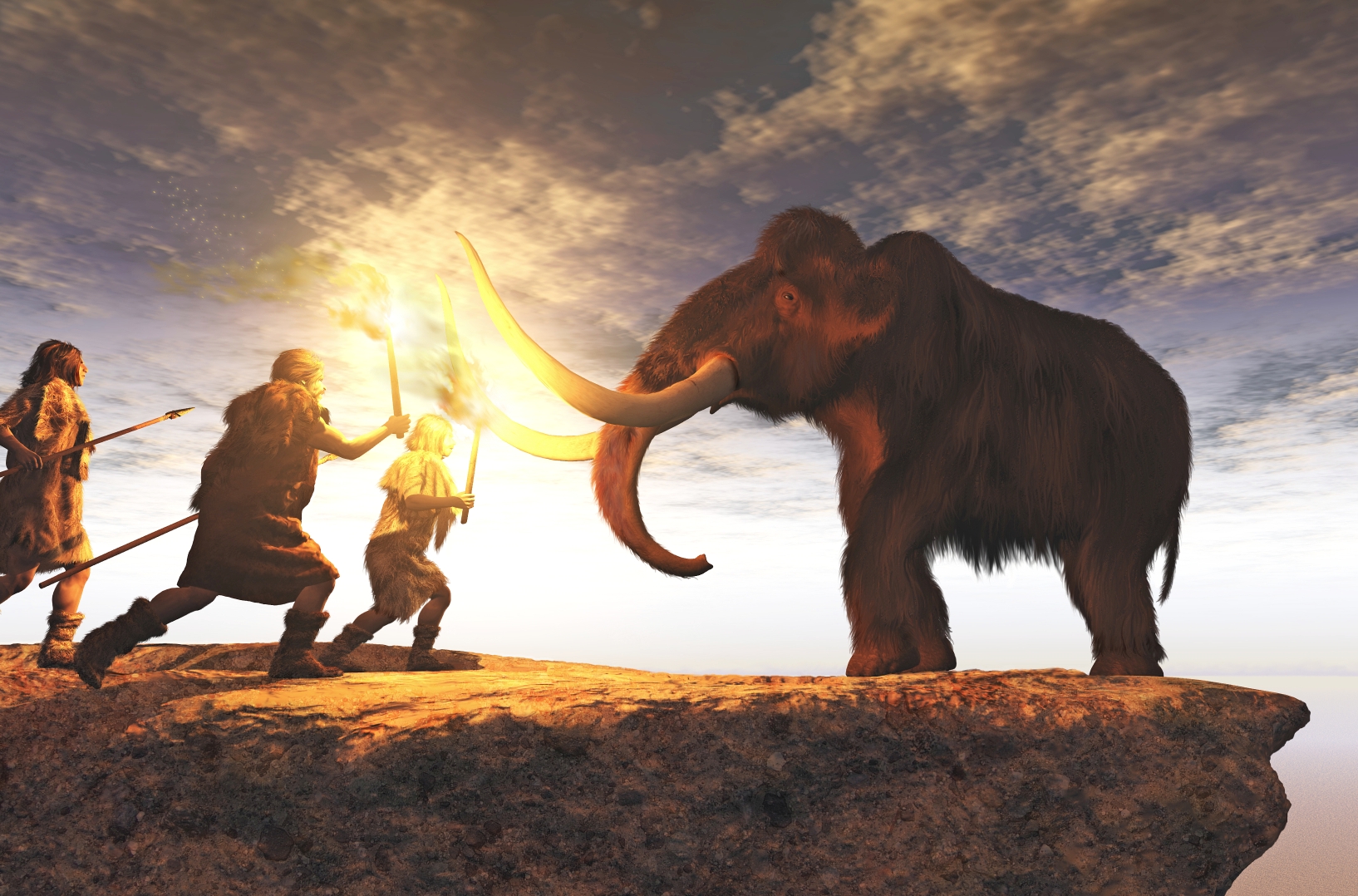
MAMMOTHS HAD TO RETREAT DUE TO HUMANS
It has been unknown whether climate change or hunting led to the extinction of mammoths. Now palaeontologists have mapped out the range of mammoths and compared the data with the expansion of humans. According to the scientists, there is now every indication that hunting was decisive in the fate of the mammoths.

MAMMOTH GENES TO SAVE THE ELEPHANTS?
US scientists aim to create a cross-breed between an elephant and selected mammoth genes. The aim is to allow the elephant a better chance of surviving in nature, where it is now endangered. Scientists aim to provide the new animal with the mammoth’s ability to survive in colder climates.


